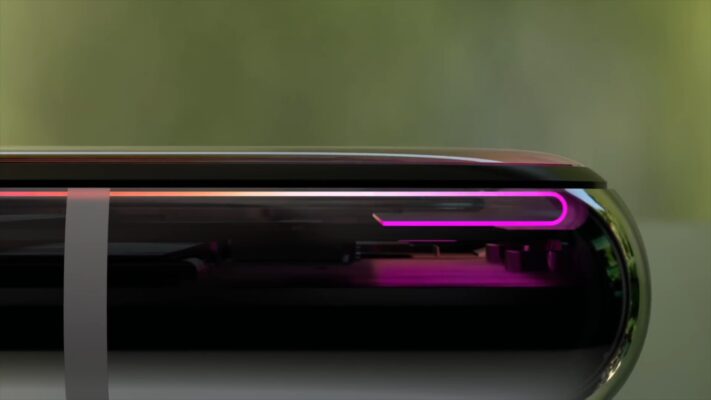All smartphones have now thin bezels around the screen, but it’s still unusual for bezels to be completely symmetrical. The lower frame, popularly called the chin, is still usually wider today apart from, for example, the Galaxy S series. What is this due to?
That the lower frame is larger is due to technical limitations and that the manufacturer simply could not or did not want to fix it in any other way, for example to keep costs down. The most common explanation is that the screen must be connected to the motherboard. In order for the connection to be made, a certain area is required.
Manufacturers therefore need to widen the bezel along one of the sides of the screen, and so it is usually the bottom bezel, as we rarely look there anyway. One of the first phones with the same narrow bezel at the bottom and along the sides was the iPhone X in Fall 2017.
Apple solved the problem with flexible screen technology that allows the screen to continue and fold back into the design to get around the need for a notch (see illustration above). Other explanations have to do with the antennas. Do you mind asymmetrical frames or do you think it is petite?
–



